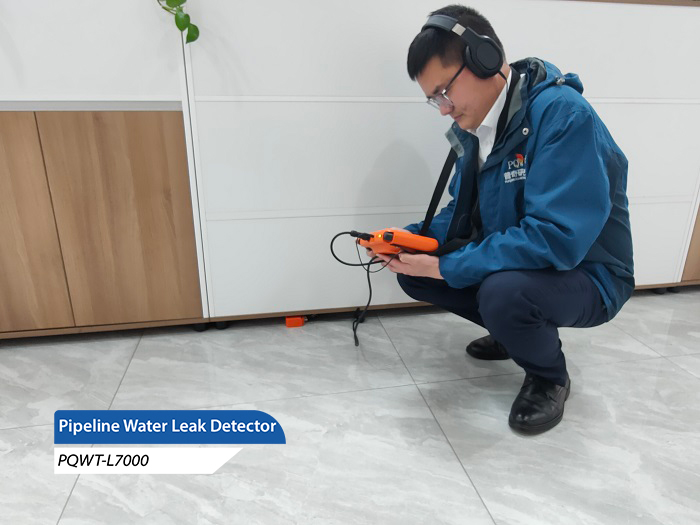With the acceleration of urbanization, urban water supply pipe network, as an important part of urban infrastructure, has attracted much attention for its safety, reliability and operational efficiency. However, water leakage in the water supply pipe network has always been a problem for water supply departments. In order to find and solve the water leakage problem in time, pipeline leak detector and its related noise analysis technology have become an important detection means.

1, the generation and propagation of water leakage noise
Water in the urban water supply network in the pipeline breakage point leakage, will produce water leakage noise. This noise is essentially a sound wave generated by mechanical vibration, in the form of longitudinal wave propagation. Leakage noise has three main propagation paths: along the water in the pipe, along the soil around the pipe, and along the pipe wall. Among them, the fastest propagation speed along the water body is 1433m/s, which can be detected by the water hearing sensor; when propagating along the soil, the sound intensity is the strongest in the pipeline directly above, which can be detected by using the water pipe detector; while the water leakage noise propagating along the pipeline wall can be localized by installing water pipe detector at both ends of the pipeline.
2、Spectral characteristics of water leakage noise
The spectrum of water leakage noise is wide, but after attenuation and medium absorption, the actual detectable spectrum is reduced. The audio spectrum of water leakage is also different for pipes made of different materials. For example, the water leakage audio spectrum of PE and PVC pipe is mainly in the range of 300-700 Hz, steel pipe is 200-1500 Hz, and cast pipe is 200-2500 Hz. In addition, the noise frequency is also affected by the water pressure in the pipeline, the diameter of the pipe, and the size and shape of the leakage point.
3, the minimum noise level and leak detection
Minimum noise level is the quietest time in the urban water supply network, by the water pipe detector can detect the minimum noise intensity of the pipeline. It is equivalent to the pipeline "physical examination" when the basic body temperature, is to determine the existence of leaks with or without important parameters. When the minimum noise level is high, it usually means that there is a leak in the pipe. Therefore, leak detection in the early hours of the morning, when the noise level is low, can more accurately detect leaks.
The water pipe detector and its related noise analysis techniques provide an effective means for leakage detection in urban water supply pipe networks. By analyzing the generation, propagation and spectral characteristics of water leakage noise, combined with the measurement of the minimum noise level and other parameters, water leakage problems can be found and solved in time to ensure the safe and stable operation of urban water supply systems. At the same time, this also puts forward higher requirements for the urban water supply management department, which needs to strengthen the daily inspection and maintenance of the water supply system, and timely detection and resolution of potential safety hazards.








